Fashion History
The Shirtdress: ’50s Fashion and Beyond!
To celebrate the release of our Scout Dress, I thought I’d share a bit of history on the shirtdress, which has been such an enduring staple throughout the years. One of my favorite things about fashion history is exploring how social and economic events shape designs: vintage garments serve as a mirror through which to better understand the world around us. The shirtdress is a perfect example.

Shirtdress Beginnings
The garment owes its origins to the shirtwaist, a Victorian dress style that borrowed heavily from men’s shirts. The shirtwaist marked a step away from the fussy, constraining style of the day, and coincided with a burgeoning feminist movement. Modeled after male shirts of the era but with wide, leg-o-mutton sleeves and a tailored collar, the shirtwaist made fashion accessible in its simplicity. As women strove for greater autonomy at home and made early strides in the workplace, the shirtwaist signaled a rejection of constraining gender roles. As the garment could be mass produced, it was far more accessible; thus, the shirtwaist signaled a shift toward functional, democratic fashion (and with it, the pitfalls of mass production, but that’s another blog post!). The Victorian shirtwaist would gradually evolve into the knee length shirtdress we know and love today.


Shirtdresses: From Protests to Primetime TV
In the early 1900s, shirtdresses came onto the scene most visibly as uniforms, favored in messy professions like waitressing and nursing for their versatility and ease of wear. Before too long, they became staples regardless of occupation. World War II brought many changes to the terrain of fashion; economic scarcity meant that clothing was pared down and focused on function above style. Materials were scarce, with wool and leather needed for uniforms, and silk––so often used in dresses, stockings, and undergarments––stockpiled for parachutes and other supplies. The shirtdress was chic, but used fabric efficiently, making it a popular choice in a time of rationing.
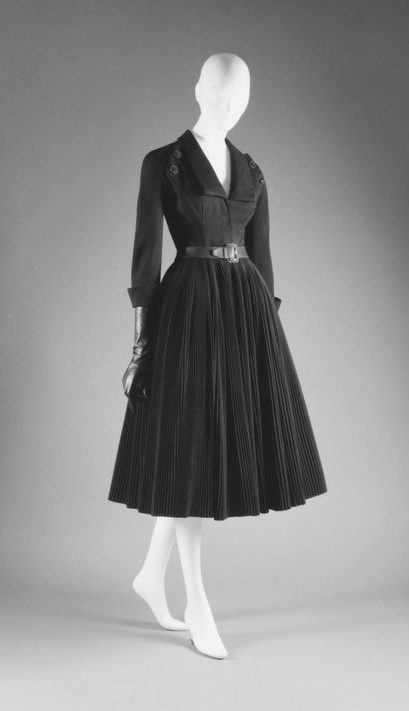
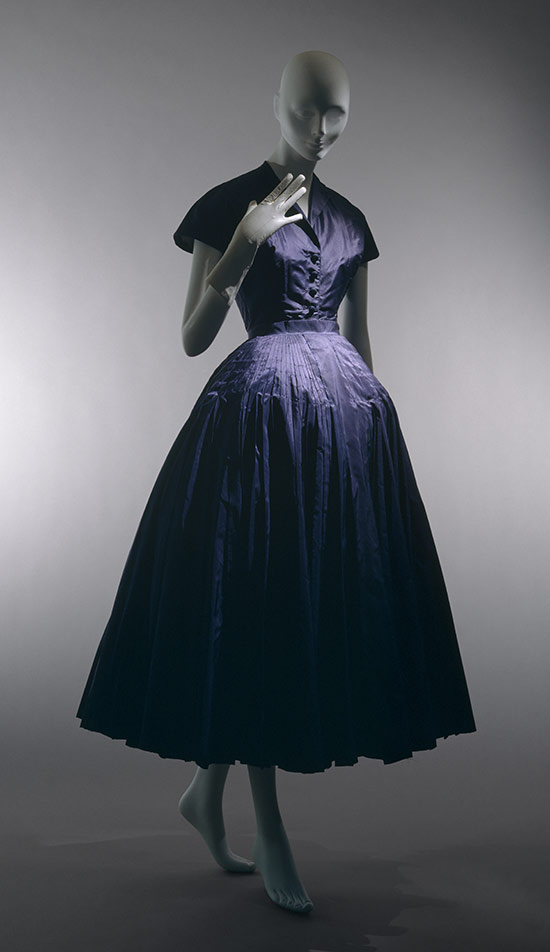
As the war came to an end, Christian Dior shattered that status quo with the launch of his New Look (so named when a magazine editor exclaimed, “It’s quite a revolution, dear Christian! Your dresses have such a new look!” at his fashion show premiere). Dior’s shirtdress featured full skirts (see dresses above) made up of nearly 20 yards of gathered fabric, a look that screamed decadence to a culture sick of wartime frugality. Still, there were some that felt the shift was a step backwards to the restrictive garments of the Victorian era. Others reeled at what they perceived as wastefulness after years of scrimping by. Protestors demonstrated with signs reading “Mr. Dior, we abhor dresses to the floor” and “we won’t revert to grandma’s skirt.”
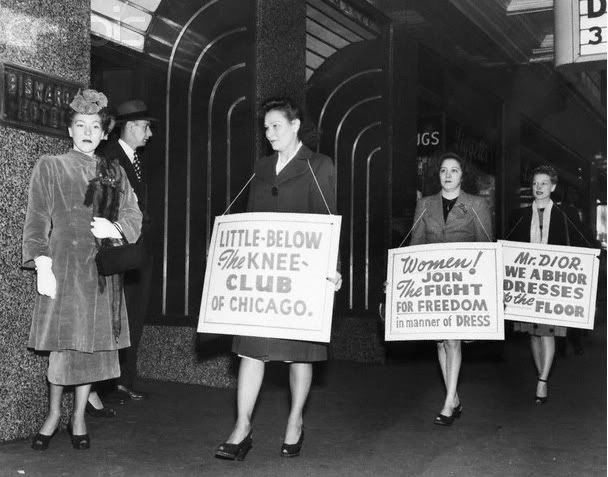
Despite the scandal, Dior’s shirtdress was an instant sensation. Its lush silhouette became a staple in women’s fashion for the next decade and beyond, as ready-to-wear designers moved quickly to adopt the style. The shirtdress was a perfect mix of beauty and practicality, and thus became the unofficial uniform of the 1950s housewife. June Cleaver and Lucy Ricardo were the image of idealized––and in many ways subversive––motherhood, clad in their uniforms of shirtdresses and pearls.
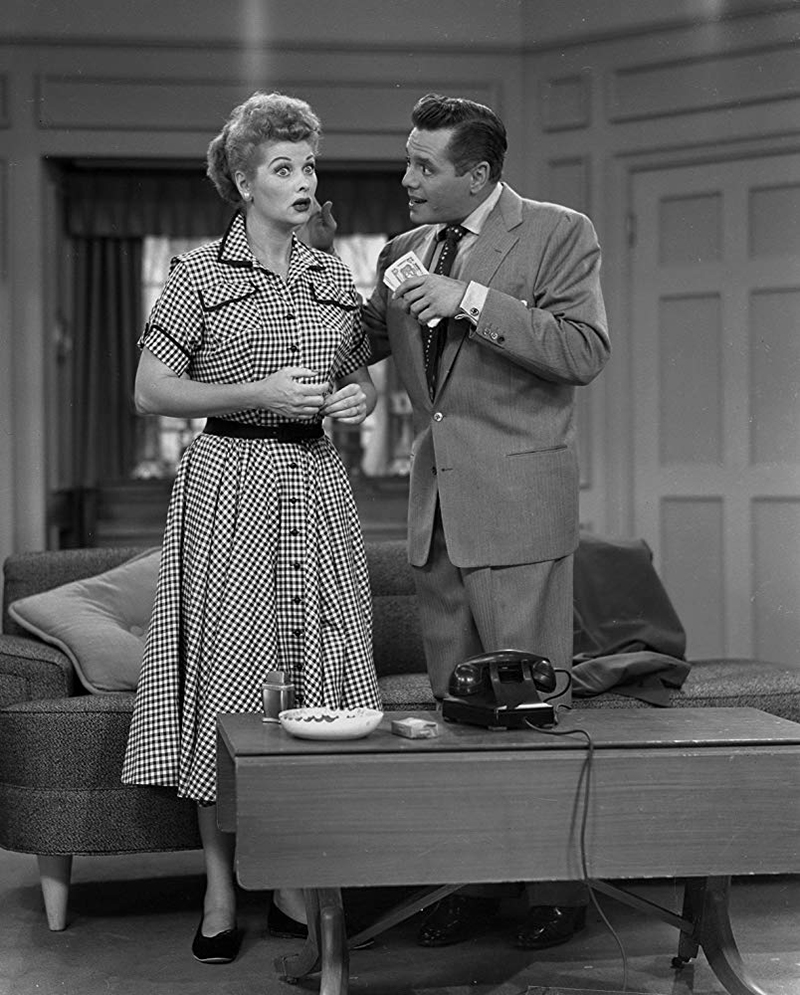
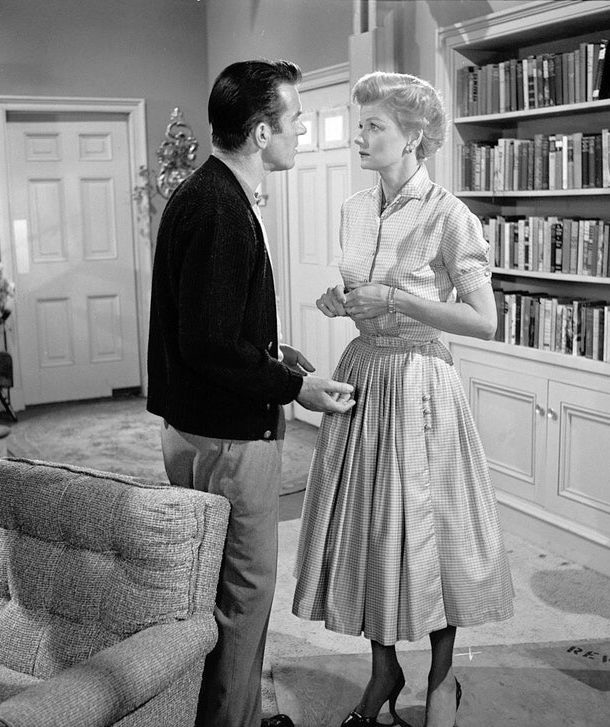
Shirtdresses as Uniforms
Shirtdresses were also the uniform of choice for scouting organizations and 4-H clubs (and still are!). Scouting uniforms of the ’40s and ’50s were often homemade, so sewing patterns of the day are a glimpse into how these utilitarian yet adorable dresses were constructed. (And of course, these shirt dress designs were a major inspiration for our own Scout Dress on Camp Gertie, where we love all things related to vintage scouting.)
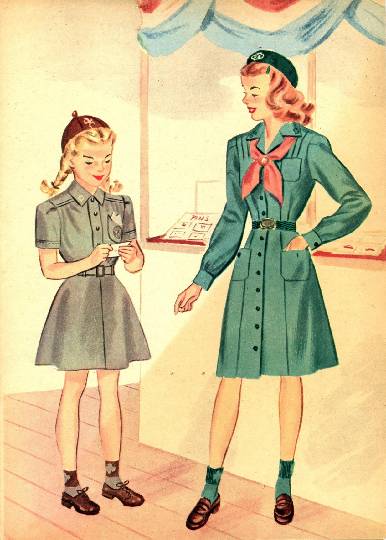
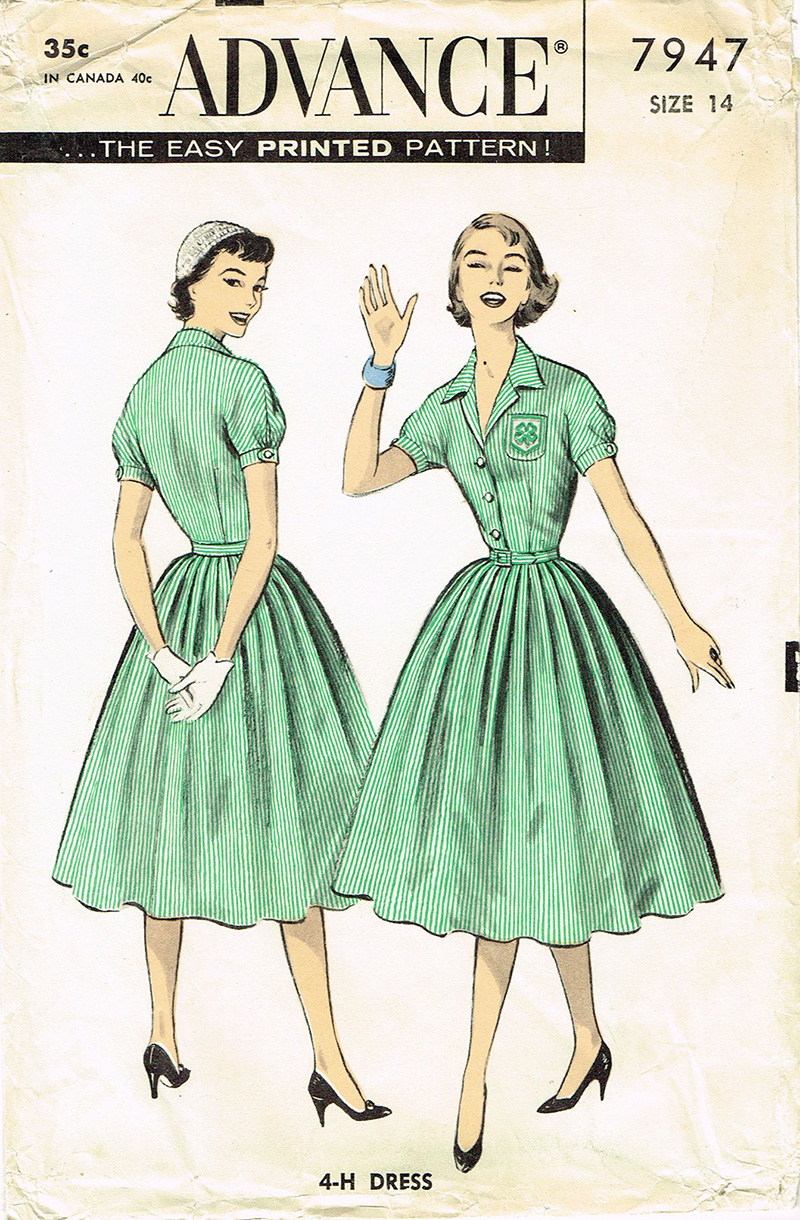
The Scout Dress
Our Scout Dress is a love letter to shirtdresses past, from the elegant to the everyday. It’s the little details that make it sweet: from storybook sleeves with the loveliest keyhole detail, a smart collar and lapel, and a full, sweeping skirt (but not 20 yards, we promise!), we hope you love it as much as we do!


Xo,
Gertie
